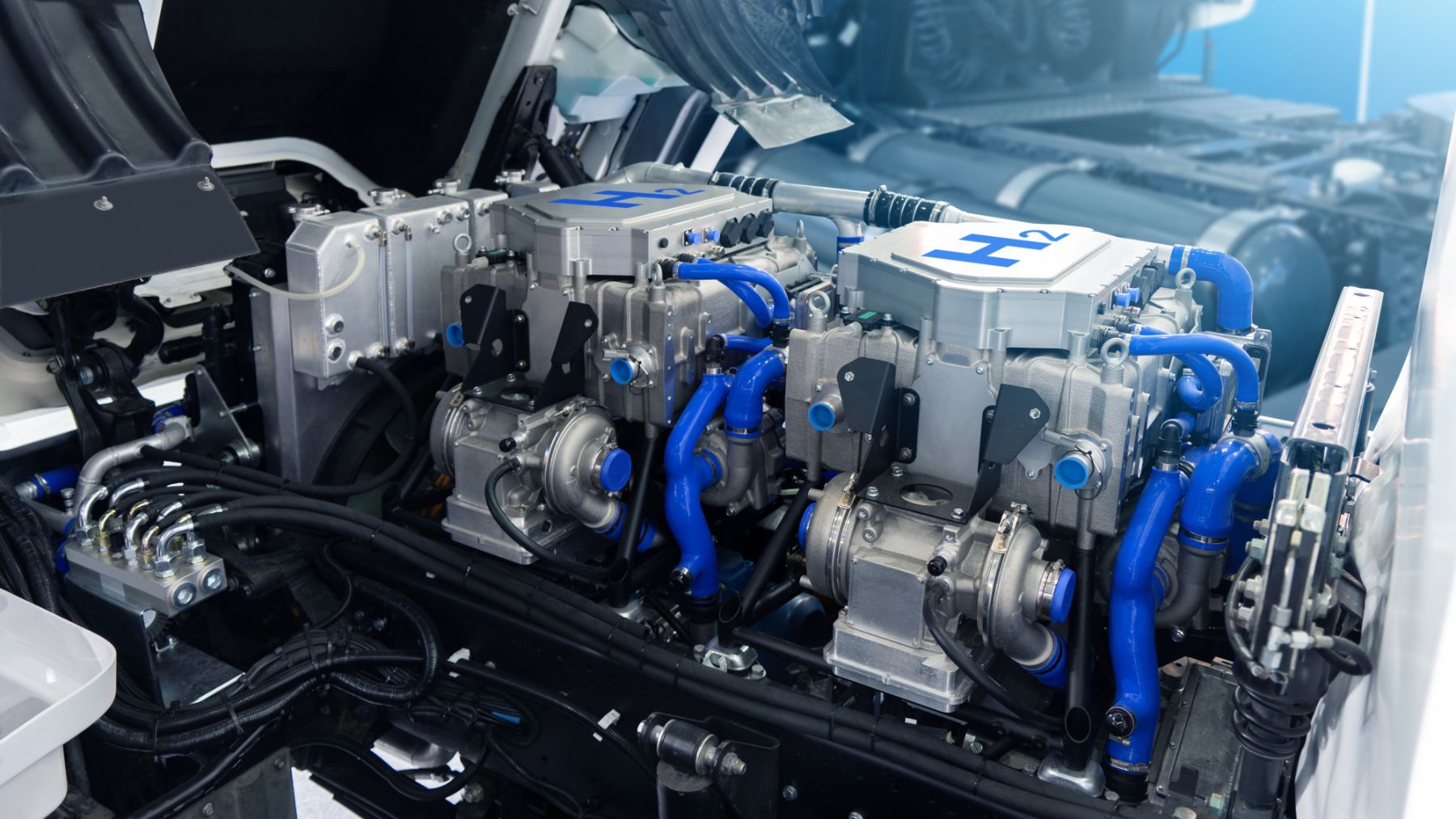Not hydrogen, not electric


The hydrogen industry[1] is advancing rapidly, with Japan as the global leader, while China is vying for supremacy in the electric vehicle sector. The United States has just unveiled a revolutionary engine that outperforms all known fuels, including zero-emission vehicles (ZEV). Some describe it as an eco-friendly version of a polluting gas or an improved version of alcohol, but this project goes much further.
Automotive giant Stellantis and its commitment to bio-hybrid
Stellantis, one of the world's largest car manufacturers operating under 14 brands such as Fiat, Peugeot and Jeep, has announced a £6 billion investment in the South American market.
This fund will be used to develop a new generation of engines capable of running on both gasoline and ethanol, marking a milestone in the region. The project, considered the largest automotive investment of its kind in South America, seeks to support the launch of more than 40 new products. It will introduce a new line of Bio-Hybrid technologies, which will allow the flexible use of different fuels, taking advantage of both traditional and renewable sources.
Flexible-fuel vehicles have been around for years, but Stellantis' new Bio-Hybrid engines will be more efficient. They will offer options such as: Bio-Hybrid (combines combustion and electric motor); eDCT Bio-Hybrid (with electric propulsion and double clutch); and Bio-Hybrid Plug-In (rechargeable from the grid).
Why ethanol?
Ethanol has been a popular choice in countries like Brazil, where it is used as an alternative to gasoline. This biofuel is more sustainable, as it is produced from crops like corn and sugar cane, which helps reduce greenhouse gas emissions.
The infrastructure for its production and distribution is already widely developed in many parts of the world, making its implementation more viable compared to other emerging technologies. The main key to this engine of the future is its ability to run on a combination of gasoline and ethanol, providing a practical and realistic solution to reduce dependence on fossil fuels. This innovation will not only benefit South America, but also has the potential to spread to global markets, especially in countries where ethanol already has a prominent place in the energy matrix.
Advantages over other technologies
As the transportation world moves toward electric vehicles and technologies such as hydrogen and ammonia, these new bio-hybrid engines represent a more immediate and accessible option.
- Existing infrastructure: Unlike electric vehicles, which rely on charging stations and advanced power grids, ethanol-powered engines can take advantage of already available fuel infrastructure.
- Local production: Ethanol can be produced locally, reducing dependence on oil imports and helping to improve countries' energy security.
- Emission reduction: Although not a completely emissions-free fuel, ethanol generates less CO2 compared to traditional fossil fuels, especially when combined with advanced technologies such as those proposed by Stellantis.
An Immediate Future Without Hydrogen or Electricity
While electric vehicles and hydrogen continue to hold promise for a more sustainable future, their mass adoption still faces obstacles. Lack of infrastructure, production costs and limited range are challenges that still need to be overcome.
This new engine offers an intermediate solution that can be applied immediately. Instead of waiting for the technological perfection of batteries or hydrogen cells, Stellantis is betting on a technology that can already be implemented on a large scale, taking advantage of the best of both worlds: fossil fuels and biofuels.
What to expect from this investment?
Stellantis has already confirmed that the multi-million-dollar investment will go towards the creation of new production facilities in South America. These plants will not only manufacture engines but will also develop the technologies necessary for vehicles to be able to adapt to multiple energy sources.
This project is expected to create thousands of jobs and stimulate economic growth in the region.
It will also position South America as a benchmark in automotive innovation, attracting more investments in clean technologies.
A paradigm shift in the automotive industry.
Faced with the challenges presented by electric and hydrogen technologies, Stellantis offers a more accessible and easy-to-implement alternative in the short term.
In a world where sustainable transportation options are limited and expensive, Stellantis' proposal is presented as an attractive and necessary option for the immediate future.
References
- ^ hydrogen industry (unionrayo.com)